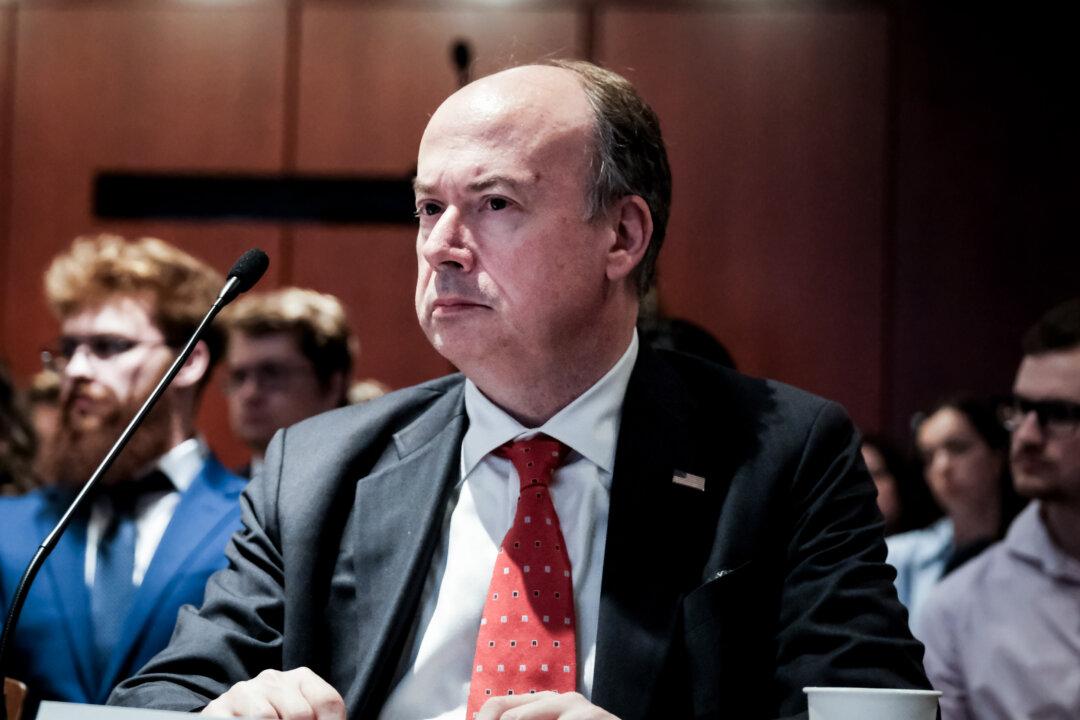Washington and New Delhi are deepening their relationship, as both countries face growing threats posed by an increasingly assertive Beijing.
U.S. Secretary of State Antony Blinken met with Indian External Affairs Minister Dr. S. Jaishankar and Prime Minister Narendra Modi in New Delhi on July 28 to discuss “Indo-Pacific engagement, shared regional security interests, [and] shared democratic values.”





